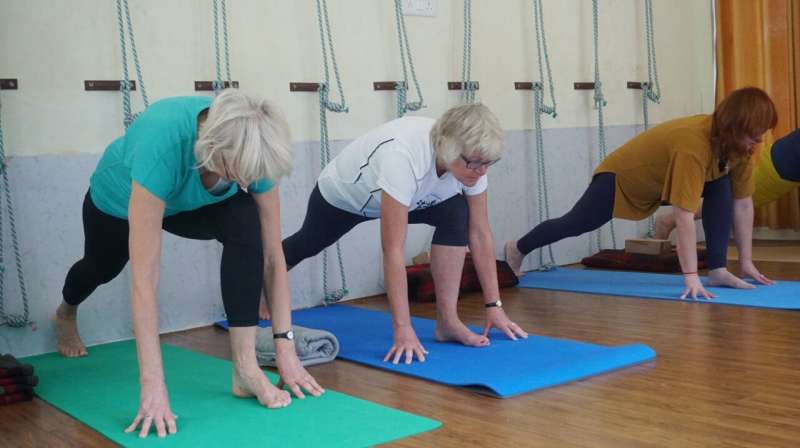Artificial Intelligence Improves Diagnostic Precision for High-Risk Thyroid Nodules

A new deep learning model combining ultrasound techniques significantly improves the accuracy of diagnosing high-risk thyroid nodules, aiding clinicians in early and precise detection of thyroid cancer.
A pioneering study led by Professor Li Hai from the Hefei Institutes of Physical Science under the Chinese Academy of Sciences has introduced a sophisticated multimodal deep learning model aimed at enhancing the diagnosis of TI-RADS 4 thyroid nodules that exhibit high-risk features. Published in the journal Computerized Medical Imaging and Graphics, this research leverages combined ultrasound modalities—including B-mode ultrasound and strain elastography—to accurately predict the malignancy of these nodules.
Thyroid cancer ranks among the most prevalent cancers worldwide, with its incidence notably increasing in China. Accurate diagnosis is crucial, yet it remains challenging due to reliance on ultrasound assessments that are highly operator-dependent. Traditional methods can lead to over-diagnosis and unnecessary procedures or, conversely, missed detections, delaying critical treatment.
To overcome these limitations, the research team developed a deep learning AI model that integrates data from multiple ultrasound modalities, providing a more comprehensive assessment of nodule malignancy risk. The model achieved an Area Under the Curve (AUC) of 0.937 on the test dataset and 0.927 during external validation, outperforming models that depend on a single modality.
Furthermore, the AI system demonstrated superior diagnostic performance compared to radiologists. When used as an assistance tool, it boosted the accuracy of radiologists regardless of their experience level. The model generates heatmaps that correspond with radiologists' focus areas, confirming its potential for enhancing clinical decision-making.
Prof. Li Hai emphasizes that this innovative AI tool could significantly reduce misdiagnosis and missed diagnoses in high-risk thyroid cancer patients, ultimately contributing to more precise and timely treatments.
This advancement underscores the evolving role of artificial intelligence in medical diagnostics, especially in the assessment of thyroid nodules, which often present diagnostic dilemmas. The integration of multimodal ultrasound data through deep learning represents a promising step toward more reliable and objective thyroid cancer diagnosis.
Source: https://medicalxpress.com/news/2025-08-ai-diagnosis-accuracy-high-thyroid.html
Stay Updated with Mia's Feed
Get the latest health & wellness insights delivered straight to your inbox.
Related Articles
Post-Stroke Aerobic Exercise Proven Safe and Beneficial for Cognitive Preservation
A new study confirms that aerobic exercise after a stroke is safe and can help preserve cognitive functions, offering a promising strategy for stroke rehabilitation and dementia prevention.
Innovative Zinc-Based Treatment Could Replace Silver Diamine Fluoride in Cavity Care
A new zinc-based dental treatment shows promise to effectively prevent and halt cavities without staining teeth, offering a non-invasive alternative to silver diamine fluoride. Researchers aim to bring this innovative solution into clinical use, potentially transforming cavity management worldwide.
Significant Disparities in Alzheimer's Infusion Therapy Access Raise Alarm
Research highlights significant disparities in access to lecanemab, an Alzheimer's infusion therapy, among different demographic groups, raising concerns about healthcare equity.



